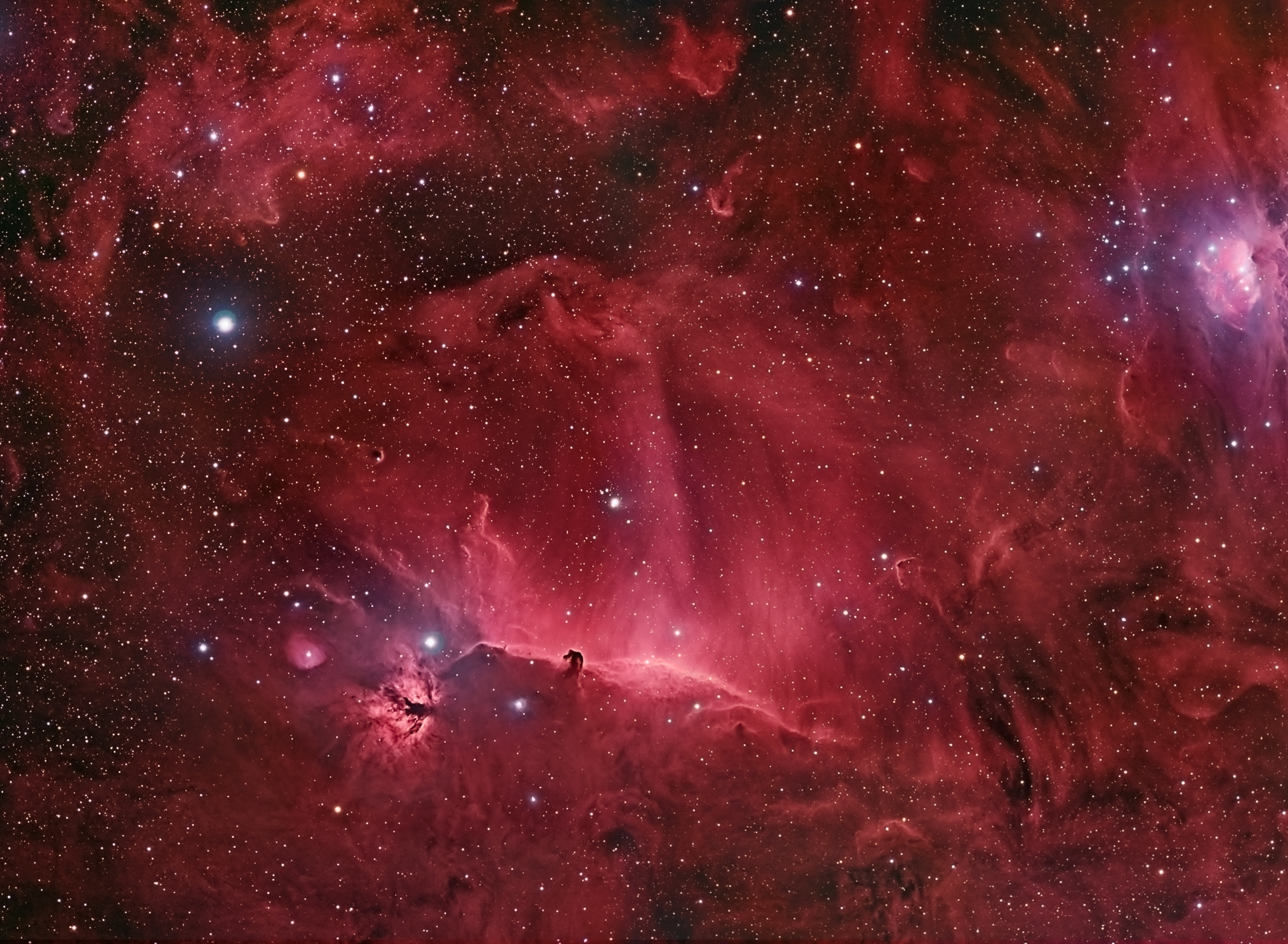Saturday morning, we will witness a
Total Lunar Eclipse visible from western North America and regions across the Pacific Ocean. In San Francisco, we will have a dramatic early morning spectacle of the fully eclipsed Moon setting on the Pacific just as dawn breaks. As with any total lunar eclipse, the Moon's surface will be completely covered by the dark 'umbral' shadow of the Earth, but it will remain visible, taking on an eerie appearance of rusty red, or deep grey, or a mix of colors. Every eclipse is a little bit different, so we wait in anticipation to see what happens Saturday morning.
The circumstances of this eclipse are outlined in detail in this informative
Sky & Telescope article, and this excellent
NASA Science News article.
The timeline for San Francisco (and the entire pacific time zone) are: start of eclipse at 4:45 am, start of totality at 6:05 am, and end of totality at 6:57 am. The glow of the dawn sky will emerge in the eastern sky shortly after 6:00 am, so the Moon will be in total eclipse as the sky begins to brighten, and by the time the Moon exits the total phase, the sky will be fully lit in advance of the sunrise at 7:13 am.
What does all this mean to the casual viewer? You will experience the best views and the most drama from 4:45 am until 6:30 am, when the Moon gradually changes from full to completely eclipsed, and the skies are dark enough to appreciate the beauty and subtlety of the lighting and color of the lunar surface. And as the Moon's brightness is attenuated as the Earth's shadow creeps across the surface, the backdrop of stars will begin to shine more brightly by contrast, revealing the wonderful winter sky at its best, with the constellations Taurus, Orion and Auriga around the Moon, and some of the most beautiful, bright stars in the entire night sky punctuating the skyscape.
I welcome the public to stop by
Ocean Beach on the west coast of San Francisco for an early-morning star party, where I and others from the San Francisco Amateur Astronomers (SFAA) will have telescopes set up for public viewing. We will set up at the beachwalk just across from the
Beach Chalet restaurant on Great Highway, starting around 4:30 am. But heed the advice of
Deborah Byrd in this EarthSky article, and wear very warm clothes. You'll be glad you did, as the winter chill is quite intense just before sunrise.


















